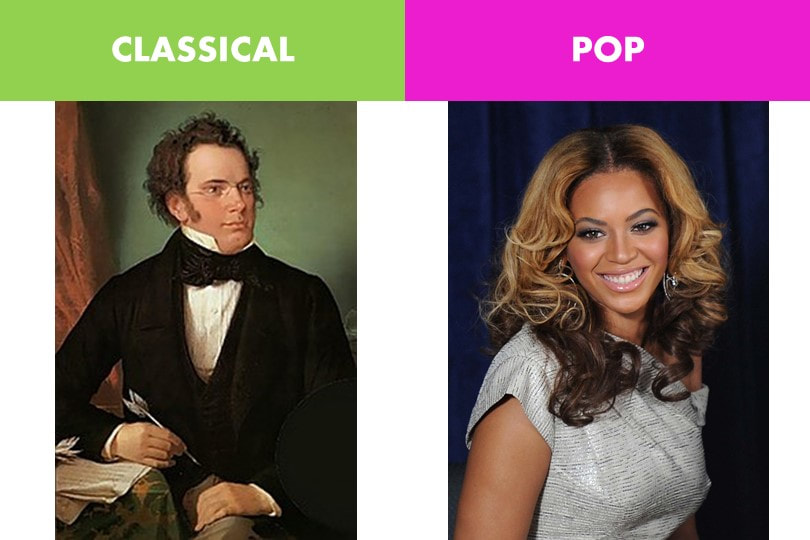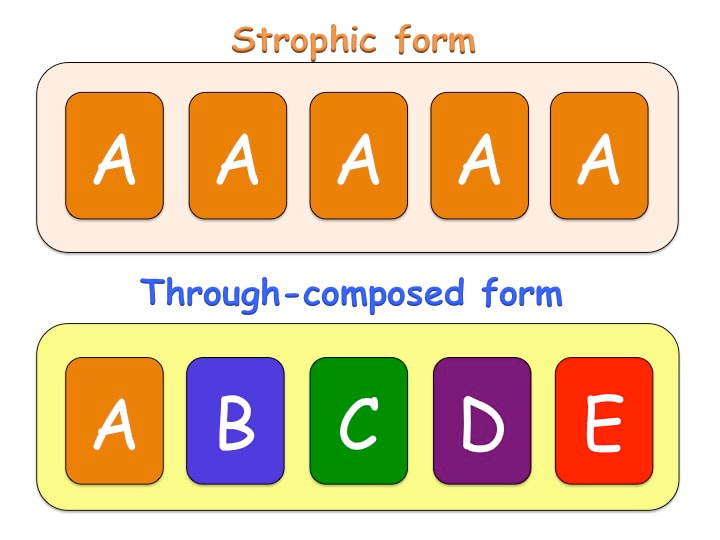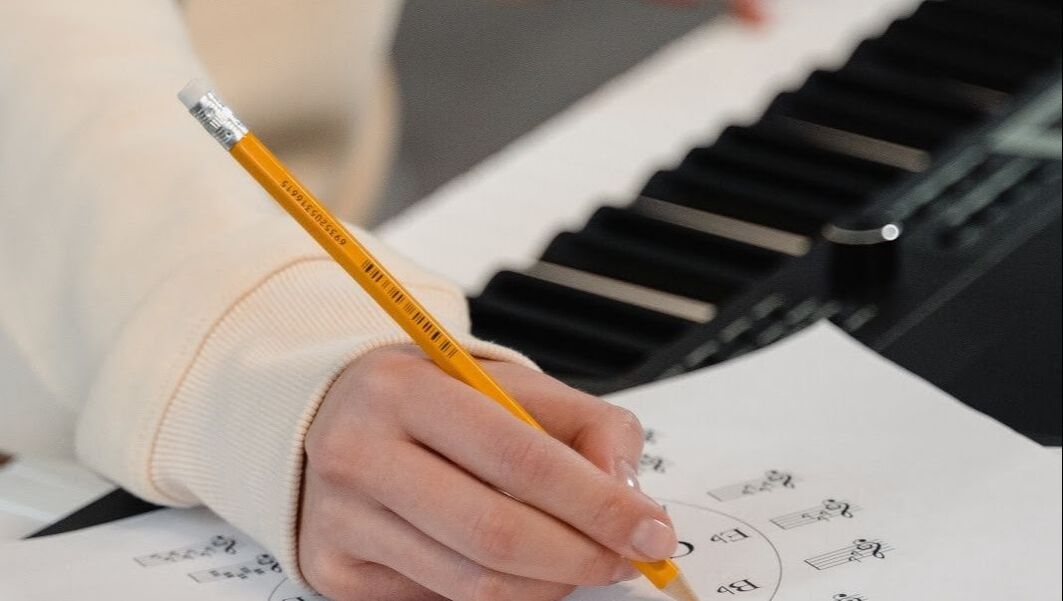|
|
Back to Blog
Image on the left: Franz Schubert, image on the right: Beyonce Classical music is widely known as the “golden age of music” as various significant music forms were created during this era such as the concerto, symphony and orchestra. Composers who dominated the classical era during the 18th and 19th centuries include musical geniuses like Mozart, Haydn, Beethoven, and Schubert. Classical music can be defined as traditional structured music that follows established principles of composition. Classical music may seem boring and dull to some, but it actually forms the foundation of the composition and style of modern day pop music. Thus, learning classical music will give you a greater understanding of pop music compositions. In what ways has classical music influenced pop music?1. Form and Structure The form and structure of a pop song originates from Franz Schubert’s very first German art song, the Lied. The Lied is a song written for one voice with a piano accompaniment that is characterized by themes of love and nature. Schubert was a remarkable composer who wrote over 600 songs with tender melodies that were intimate and emotional. For the most part, Schubert’s songs can be categorized into 2 types of song structure. The first structure would be the strophic form where the same melody is repeated for each verse, while the latter structure would be the through-composed form which has a different melody for each verse. These structures establish the structure of pop music, primarily consisting of 2 sections - the verse and chorus, which has a different melody for each section. 2. Harmony and chordsPop music is also characterized by a diatonic harmony which originated from Classical music. A diatonic harmony means that the chords of a song are built from the seven tones of the major and minor scale. Most of the pop songs are based on these seven tones chords, which is a significant characterization of Classical music as well. Mozart’s famous piece ‘Eine Kleine Nachtmusik’ (A little night music) in G major, revolves around these diatonic chords of G, D, Em, C and A. On a similar note, Ed Sheeran’s ‘Lego house’ in G major shares very similar chord progressions, mainly the 4 chords of G, D, Em and C. Thus, we can see that classical music had a notable influence on the fabrication of pop songs. Listen to Mozart’s ‘Eine Kleine Nachtmusik’ (A little night music) Listen to Ed Sheeran’s ‘Lego House 3. Rhythmic regularityPop music flaunts a strong rhythm with a steady tempo that does not fluctuate greatly, mostly staying the same throughout the entire song. This characteristic can be traced back to classical music where the melodies and harmonies are both driven by steady beats and a steady meter. 4. Examples Here are some famous pop songs that have notable influences from Classical composers: Listen to ‘Because’ by The Beatles The Beatles composed ‘Because’ by playing the chords of Beethoven’s Moonlight Sonata backwards. Listen to ‘Ave Maria’ by Beyonce Beyonce re-composed Schubert’s song ‘Ave Maria’ into her own pop edition: Comments are closed.
|




